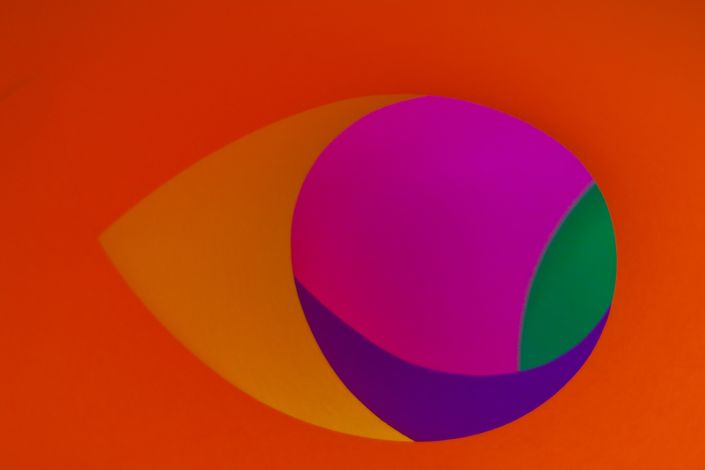
A History of Chords 1
18th Century Music
Why does Bach sound like Bach?
Why does Bartok sound like Bartok?
A History of Chords looks at the answers to such questions through the lens of harmony. In this course, you will:
- learn how chords are put together to create a particular sense of style;
- cultivate skills of harmonic analysis to understand form and content in music;
- understand style in historical context.
One of the best things music theory does is to help you understand the specifics of musical style. When you understand style, you can play better, teach better and hear more when you listen to the music.
But to truly understand style, you have to locate it within a historical narrative. A History of Chords is a unique course that blends analysis and music history to produce deeper understanding and engagement with classical music.
And what better way to do that than to look at some of the most beloved piano pieces of the classical repertoire? Part 1 focuses on the music of the 18th century (Baroque and Classical styles). We will be analysing the following pieces:
- Bach, Prelude in C, fr. The Well-Tempered Clavier, Book 1
- Bach, Prelude in C minor, fr. The Well-Tempered Clavier, Book 1
- Mozart, Sonata in G major, K. 283, I. Allegro
- Mozart, Sonata in A major, K. 331, III. Turkish Rondo
- Beethoven, Sonata in F minor, Op. 2 No. 1, I. Allegro
- Beethoven, Moonlight Sonata, Op. 27 No. 2, I. Adagio sostenuto
Analytical focus will be on understanding functional diatonic harmony (Roman numeral analysis), principles of voice-leading, secondary function chords, mode mixture and common chord modulations.
This course is ideal for anyone who has a working knowledge of chords but wants to gain a deeper understanding of how harmony works.
Your Instructor

I have been teaching music theory and composition since I began my
graduate education in 1999. While studying for my MA in Music
Composition at the University of Pennsylvania, I started
teaching music theory to Penn
undergraduates. I have since taught music theory and composition at
Interlochen Arts Camp in Michigan, Plymouth University (UK), Dartington
College of Arts (UK), and in my own studio at home. I own and operate
the Totnes School of Piano.
I entered my undergraduate studies completely focussed on studying piano
performance, but I quickly found that studying music theory improved my
sight-reading and my ability to memorise music; it heightened my
musical expression and understanding at the piano; and it eventually led
me to composing music.
I hold dual undergraduate degrees in piano performance and music theory, an MA and PhD in composition from the University of Pennsylvania in Philadelphia, and two MFAs in performance (improvisation emphasis) and electronic music and recording media from Mills College in California, where I won the Flora Boyd Piano Performance Prize in 2011.
But most importantly, I have a passion for teaching music theory. I
believe it is the key that unlocks all musical treasures. It can be
engaging in its own right, but music theory, for me, is best viewed as a
means toward greater musical expression and creativity.
